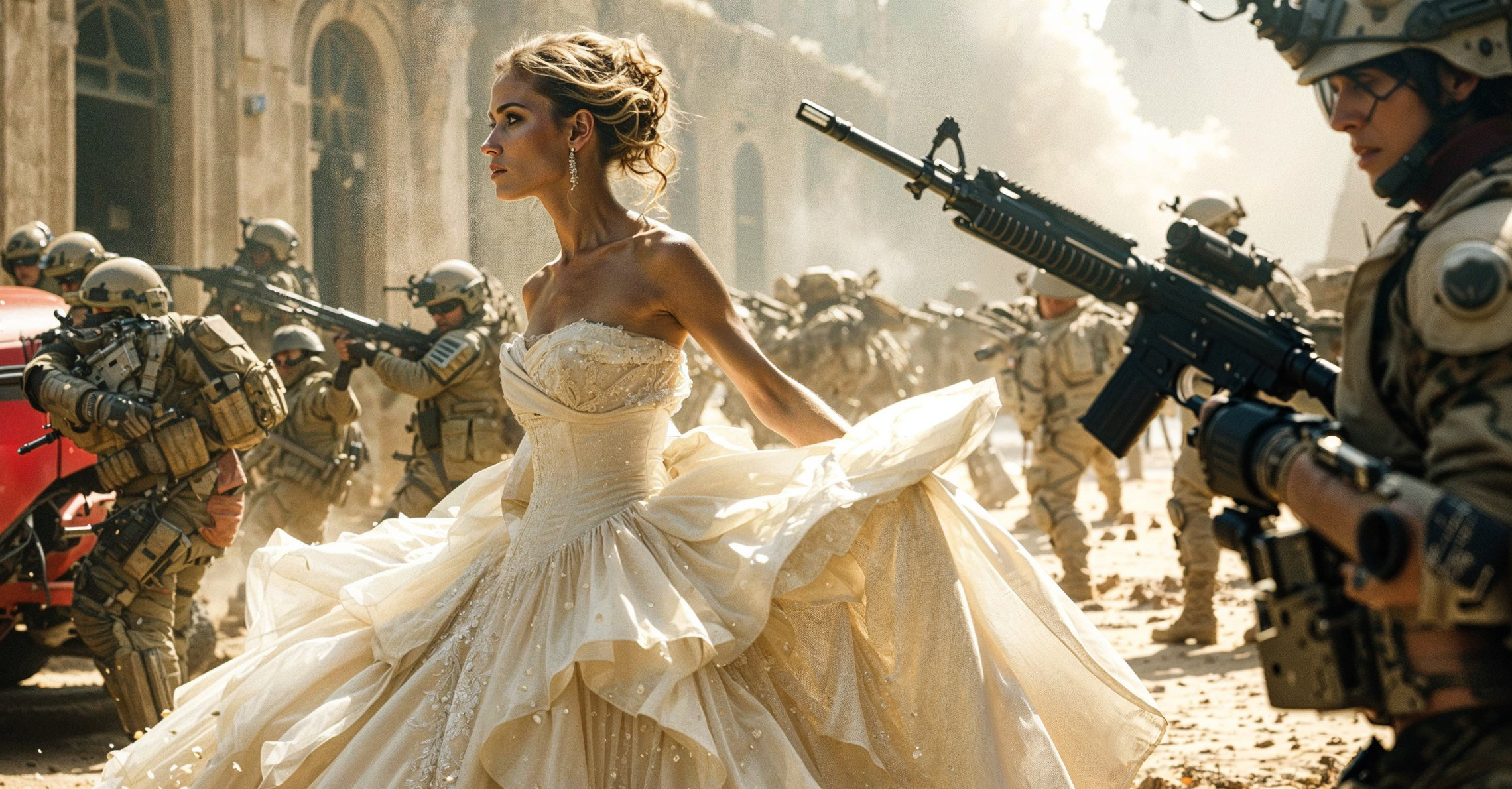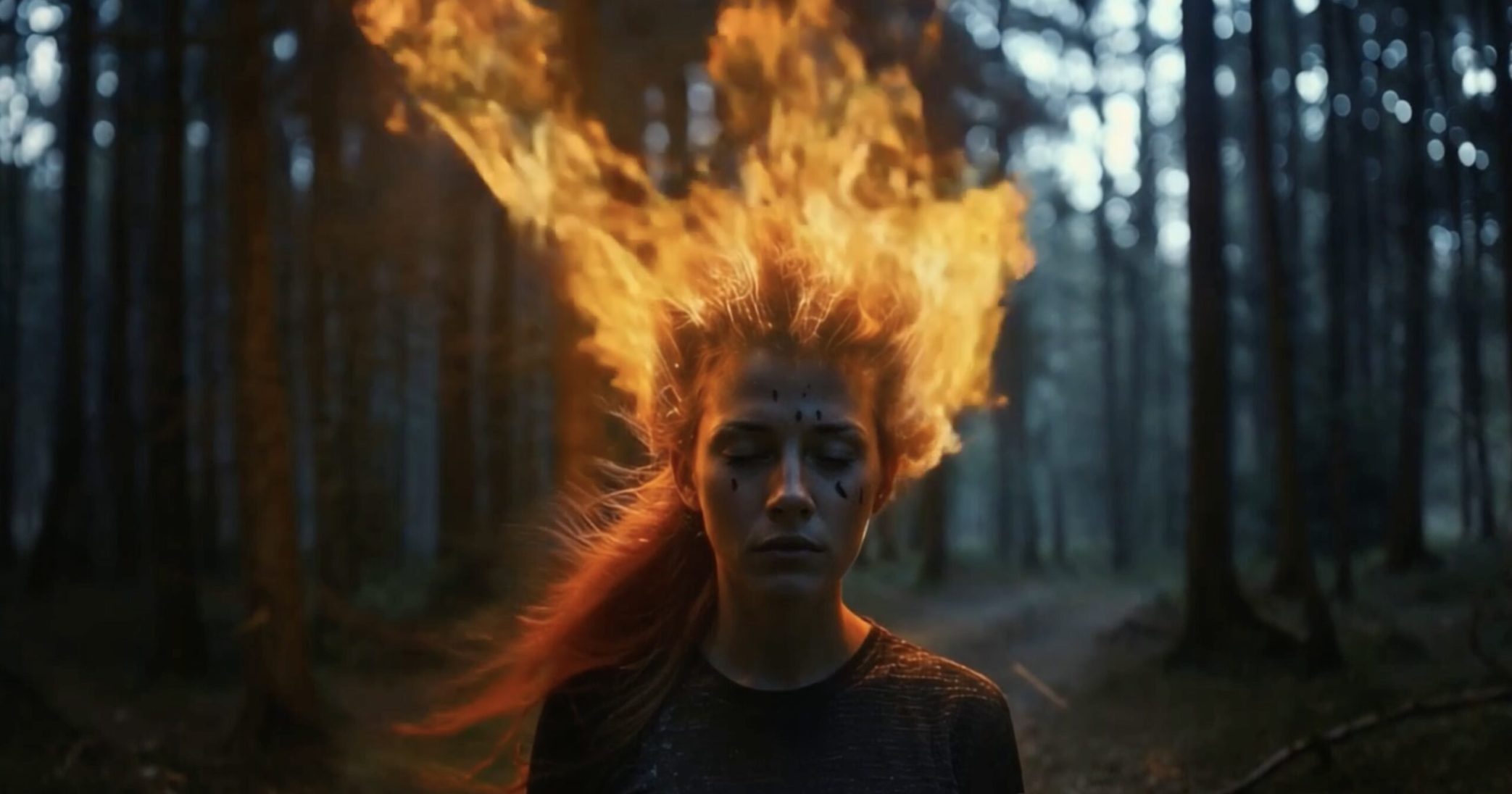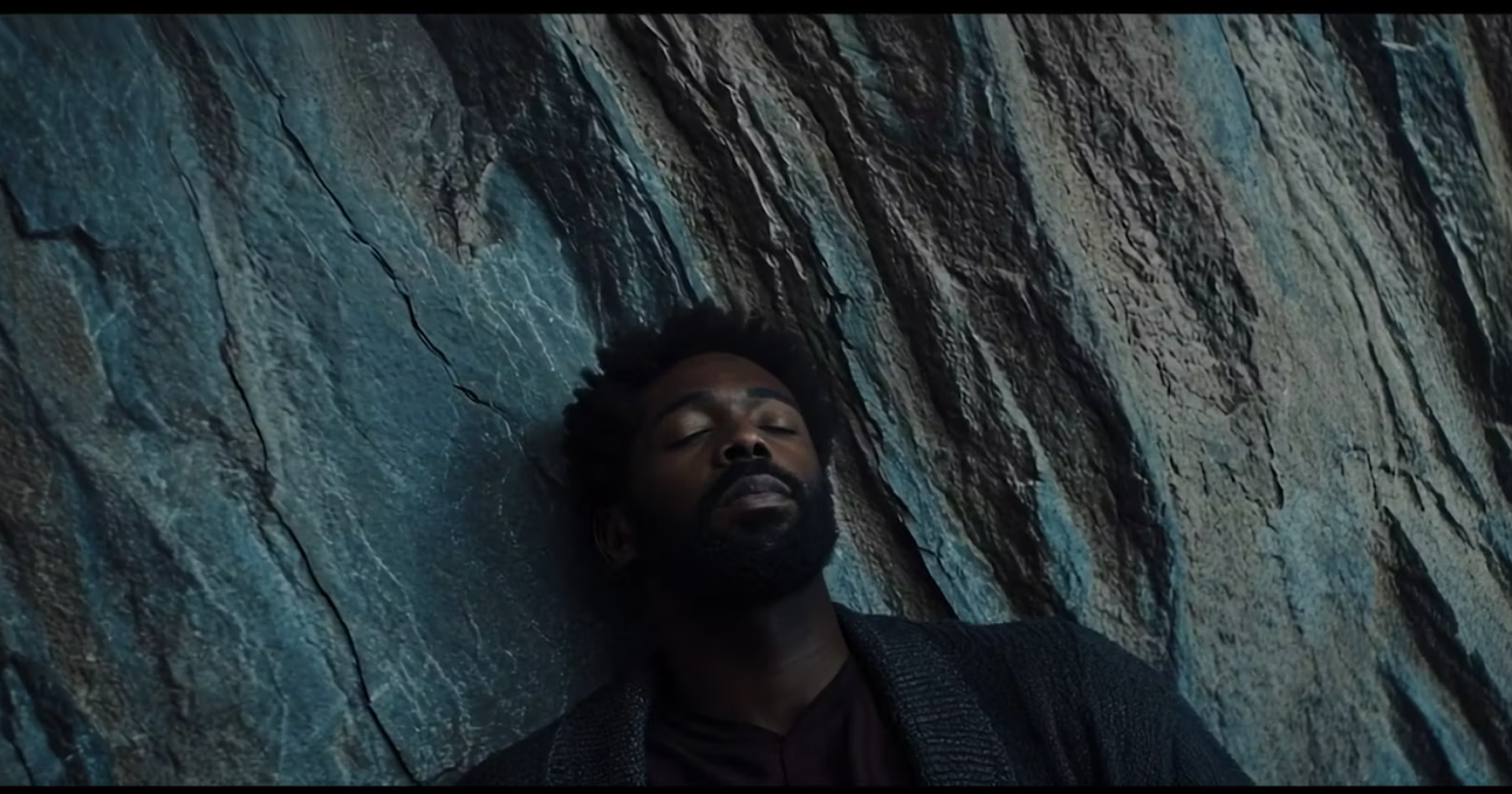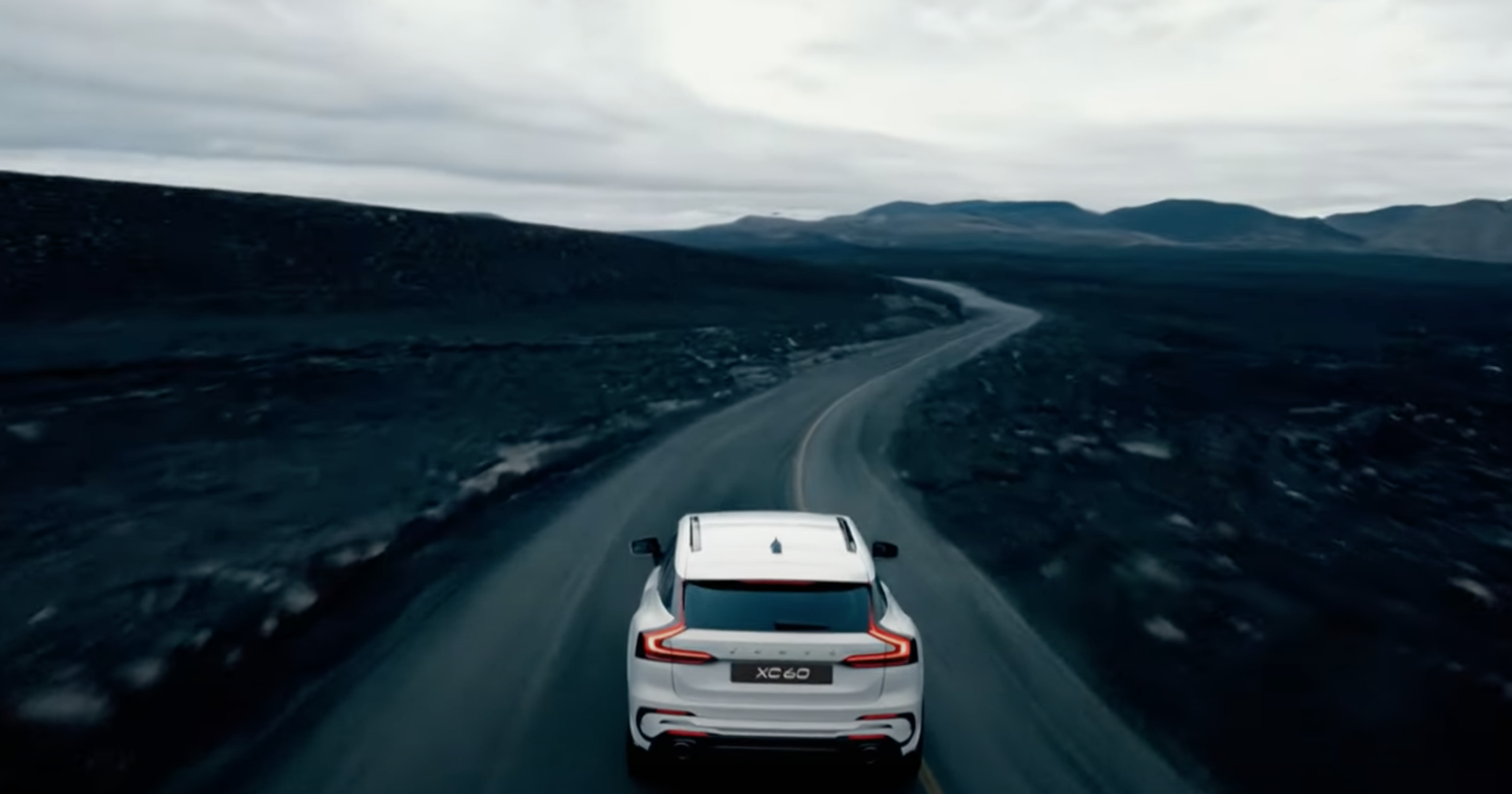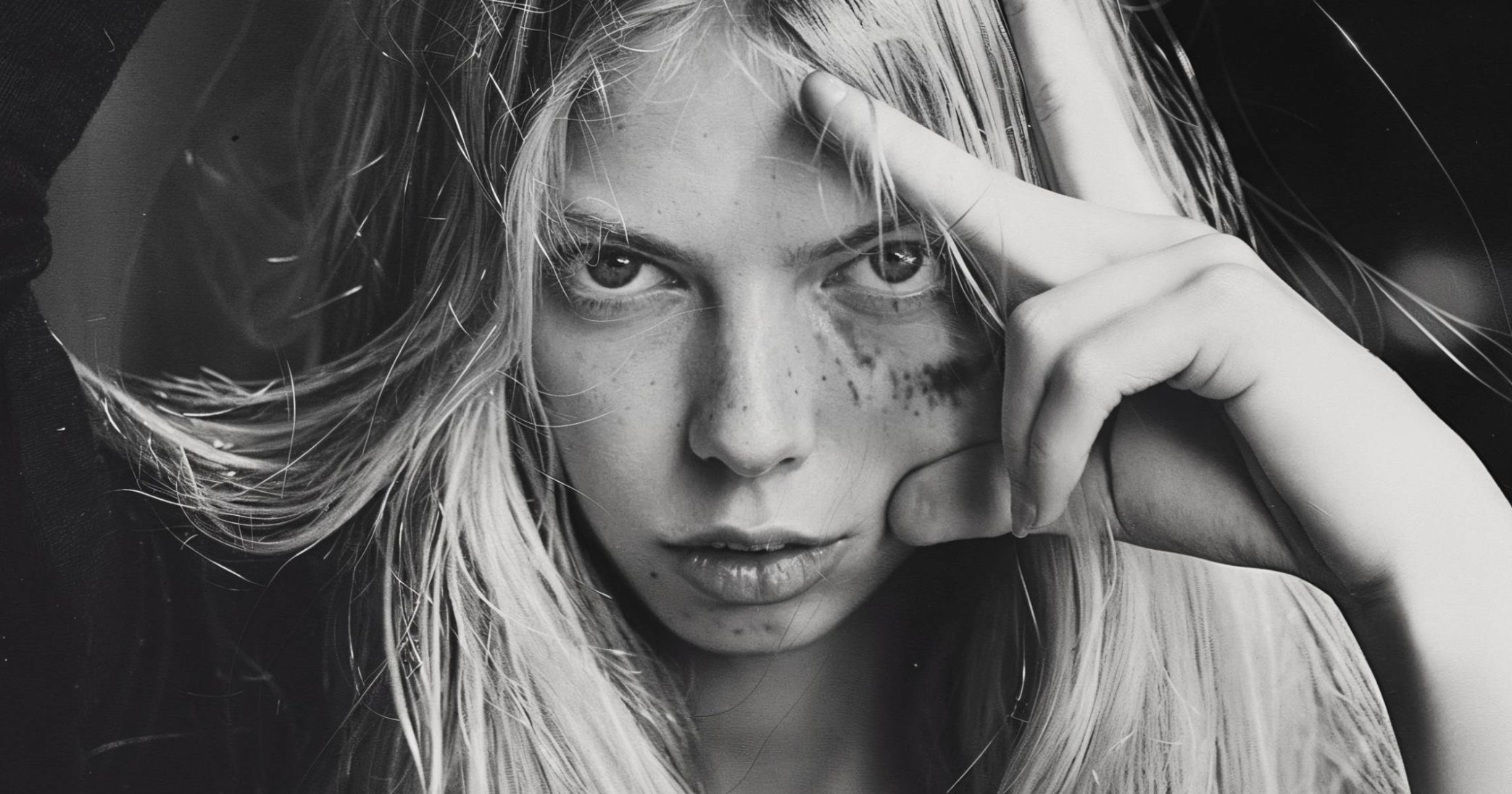Tell us a bit about yourself and your background. How did you get into AI and Midjourney?
Even though I studied Law and work in Public Administration, I’ve always had a creative streak. This creativity often shows up in the gifts I make, the little details, or the funny sides of everyday life. I’m not an artist, but I am pretty restless mentally: I write and used to do scrapbooking. However, I lacked the artistic ability to visually express my ideas or the technical knowledge to dive deep into digital art. About a year and a half ago, I stumbled upon some images on Pinterest that caught my eye; the comments mentioned something about generative AI for images. Driven by curiosity, I started researching and discovered tools that could create visual representations from a simple prompt. That’s how I began experimenting with Midjourney, and honestly, I absolutely loved it.
So, would you say AI allows you to be more creative?
Absolutely, AI boosts one’s abilities. I think that’s also why there are so many AI skeptics. By democratizing these tools, the bar is raised. Talent is innate, but AI makes it easier to express it.

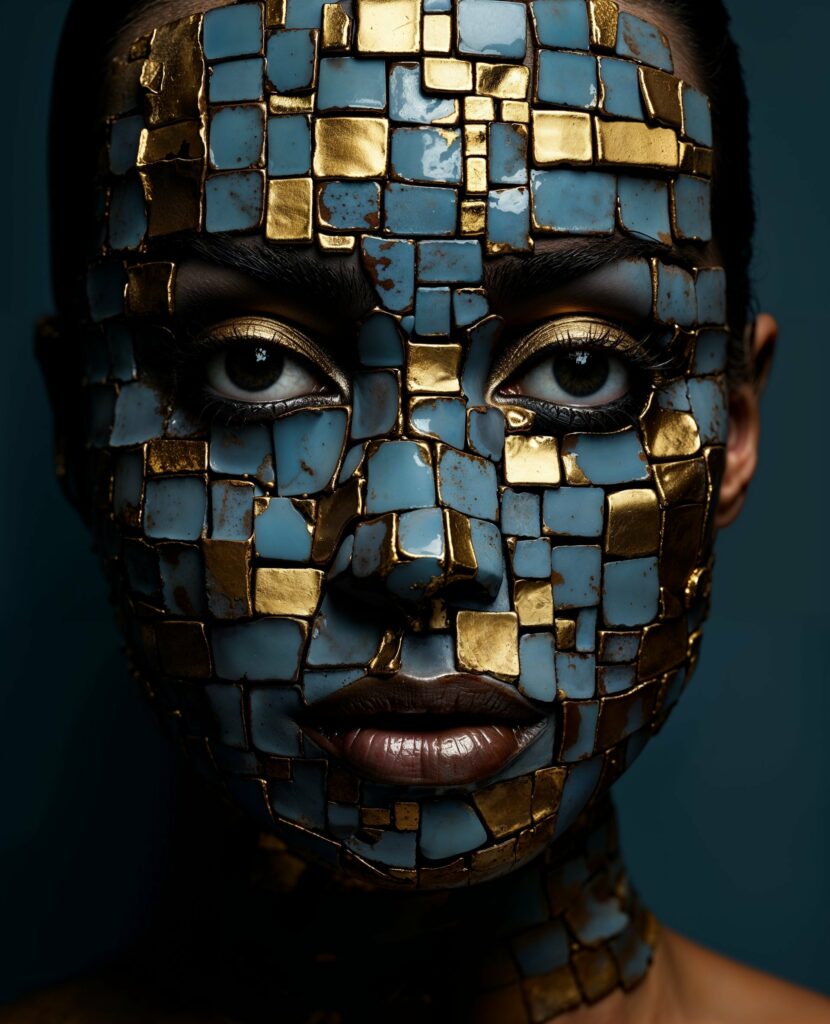
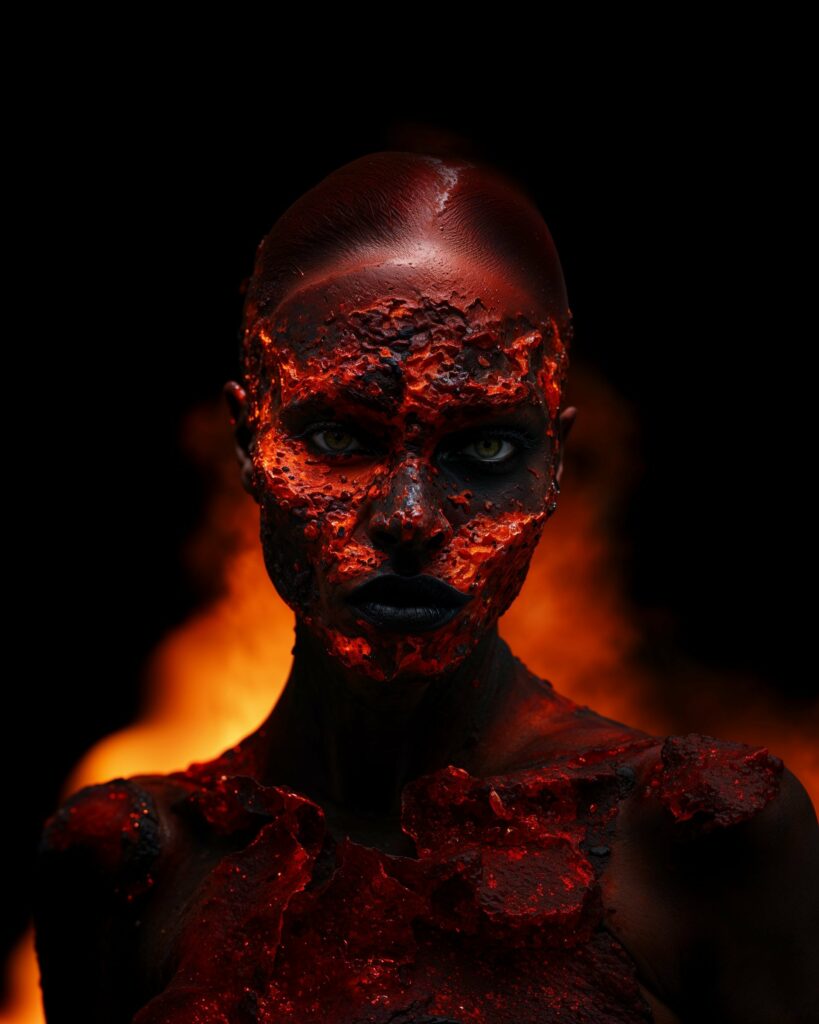

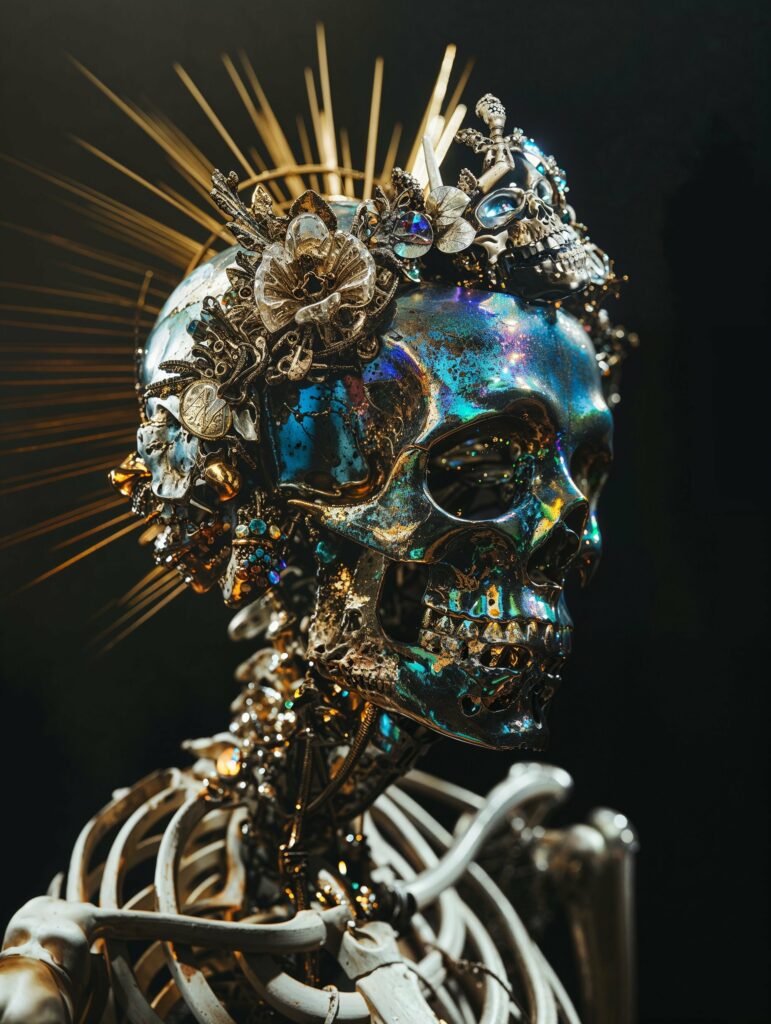

How do you think this will evolve? Will there be more artists soon? Will the concept of the classical artist become outdated because of this?
I believe no type of art or artist will become obsolete. People with creativity but lacking fine arts skills will now be able to create thanks to AI. But even though AI democratizes and broadens the graphic context, only those with real motivation will truly stand out.
And by “motivation,” I mean the ability to evoke feelings through emotional images and the intelligence to create conceptual photography.
What ethical considerations do you think should be addressed as AI becomes more prevalent in the art world? How can we ensure that AI aids rather than undermines the authenticity and originality in art?
Ethics should include recognizing the intellectual property rights of certain authors in terms of their styles, which are so personal that they are used for prompts. I also believe that “ethics” alone is not enough, but rather, proper legislation needs to be developed for this context; as it happened with Spotify, AI platforms must be transparent and ensure fair financial compensation to previous artists (e.g., a fee every time their name is used in a prompt).
Like a sort of source code in the image?
Exactly. Nowadays, any kind of work can potentially be plagiarized, and quite blatantly; for me, providing the descriptive Prompt along with the work is the only solution.
That sounds exciting. Can you elaborate a bit?
These are ideas that first need to go through proper legislation, which seems to be slow in coming. I feel fortunate to be able to use the styles of photographers like Terry Richardson or Steven Meisel… but I recognize that it’s neither fair nor logical to do so without their consent. It just doesn’t make sense.
Let’s talk about prompting. How did you start? Can you describe your process for creating prompts that translate your creative vision into AI-generated imagery?
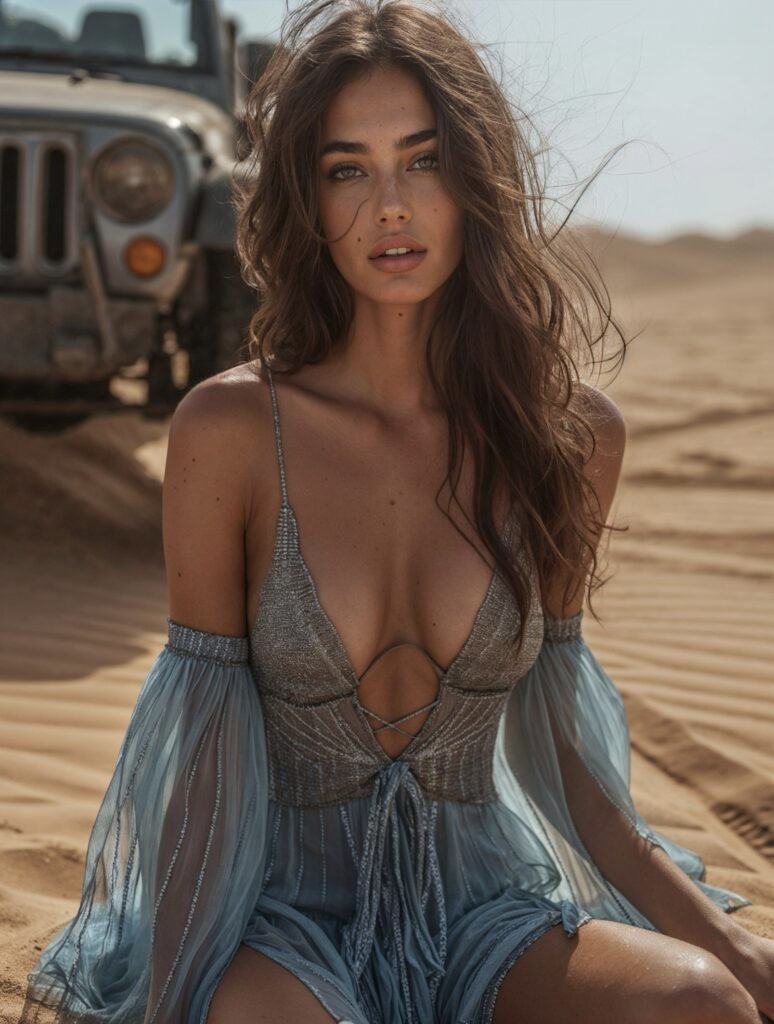
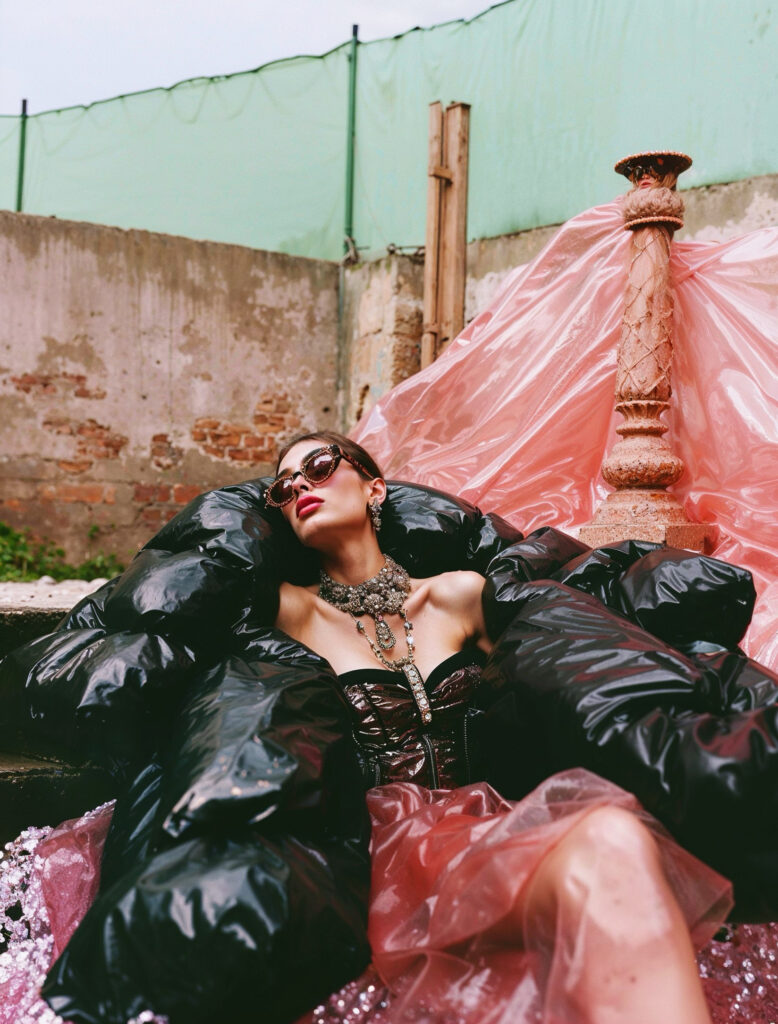
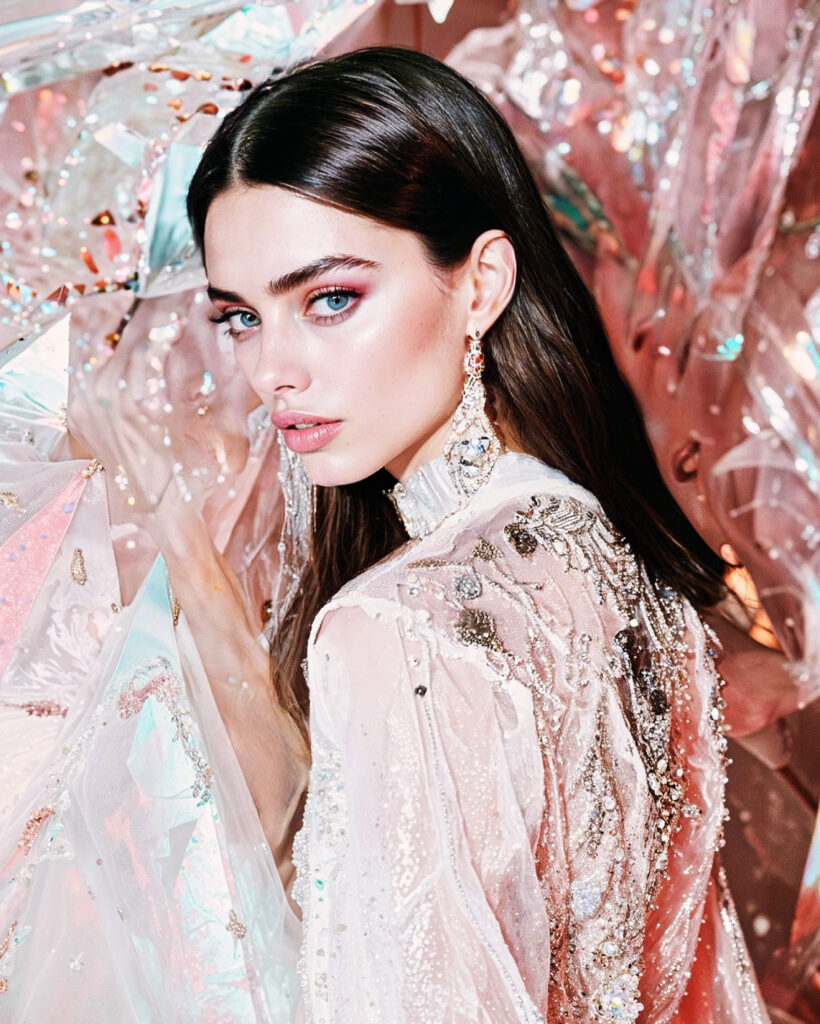
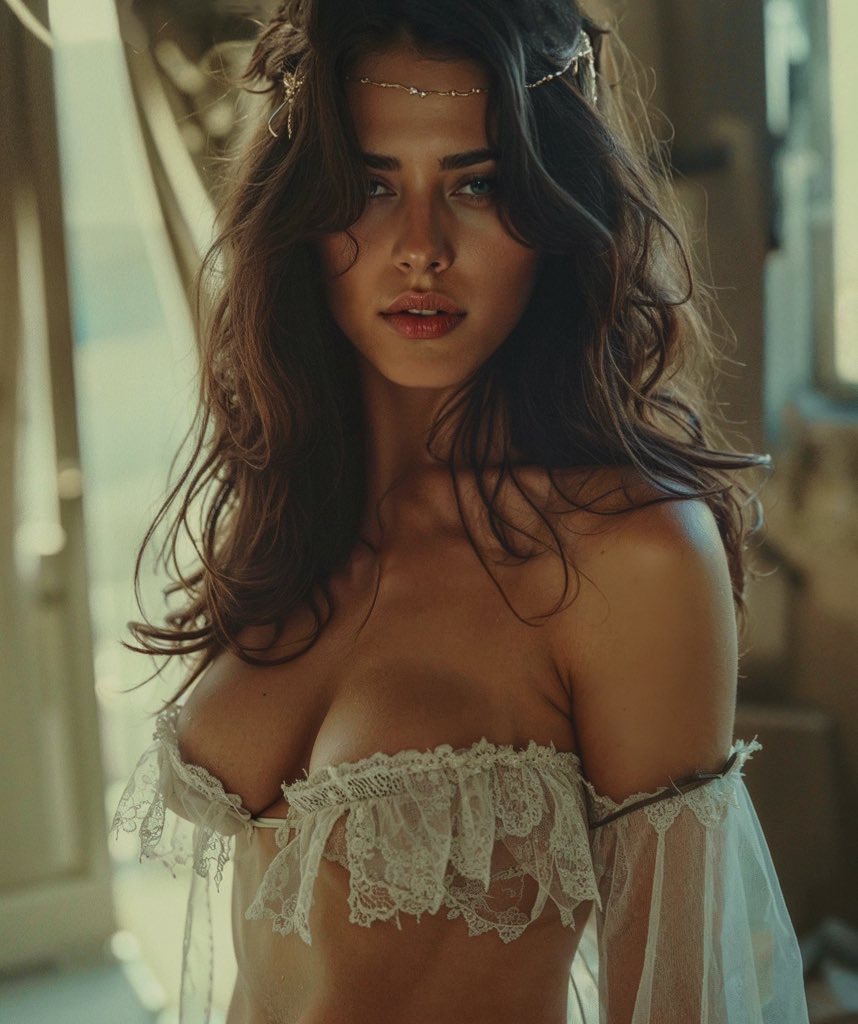

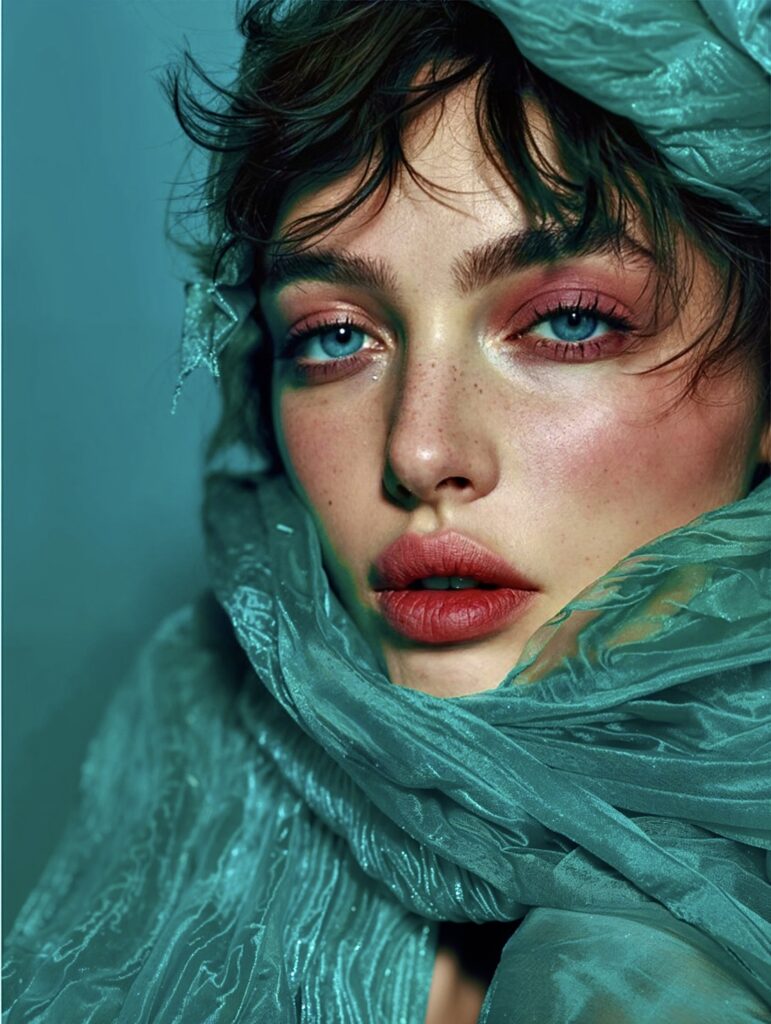
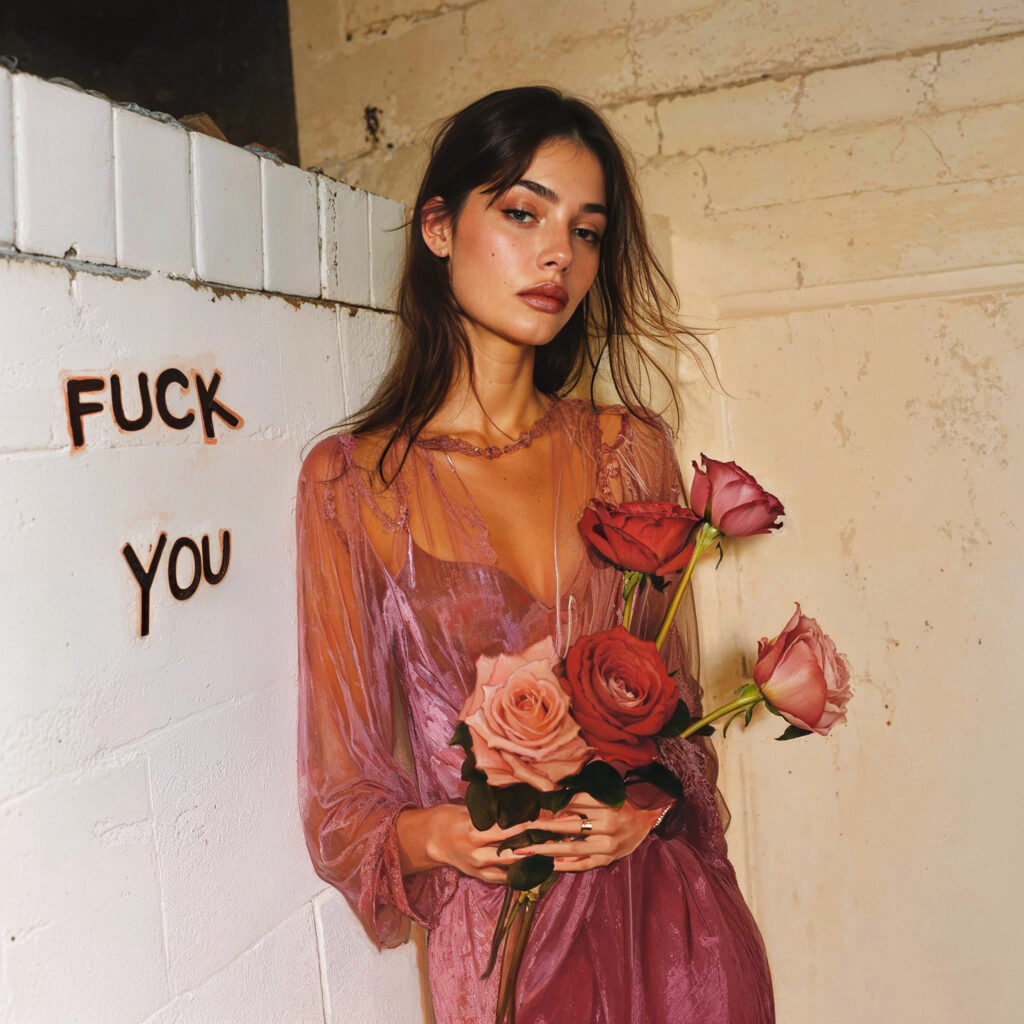
My beginnings were observational; there weren’t as many guides back then as there are now, so you had to look at the work (the images and prompts) of others on the Midjourney feed. I would look at the concepts separately and search for a pattern in the structures of the images I liked the most. I learned the parameters from YouTube tutorials and from the program’s own instructions.
I focus on the main idea and use ChatGPT to brainstorm clever and engaging ideas; my aim is to turn the ordinary into something extraordinary. Then, I integrate the idea into my own prompts, which I have been refining since I started.
Do you see ChatGPT more as a sparring partner or a research tool? How do you conduct such discussions? Do you use the standard GPT or customized ones?
For me, it’s like having an excellent coworker; I always use my customized Chats GPT because I need customization in everything I do. In these conversations, I first specify the role I want it to play, I describe what I need in general terms, and then I add specific details or instructions on how I want it executed.
In other words, after you have defined the image content for yourself, you go into Midjourney and the prompting begins? How does the process work?
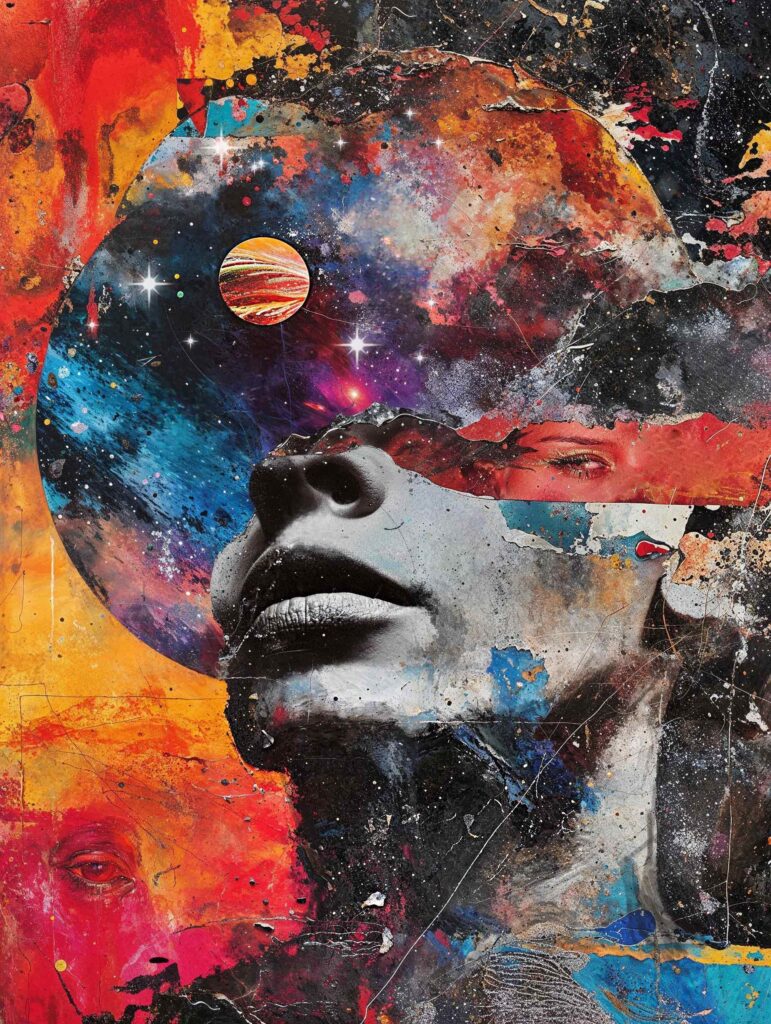

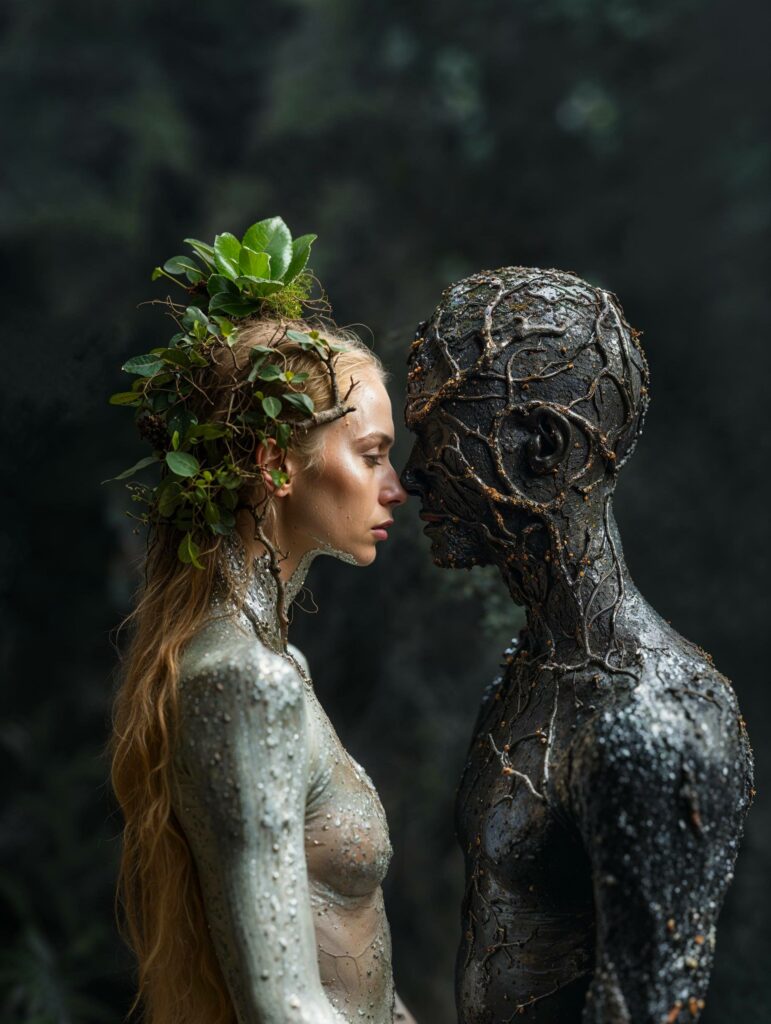


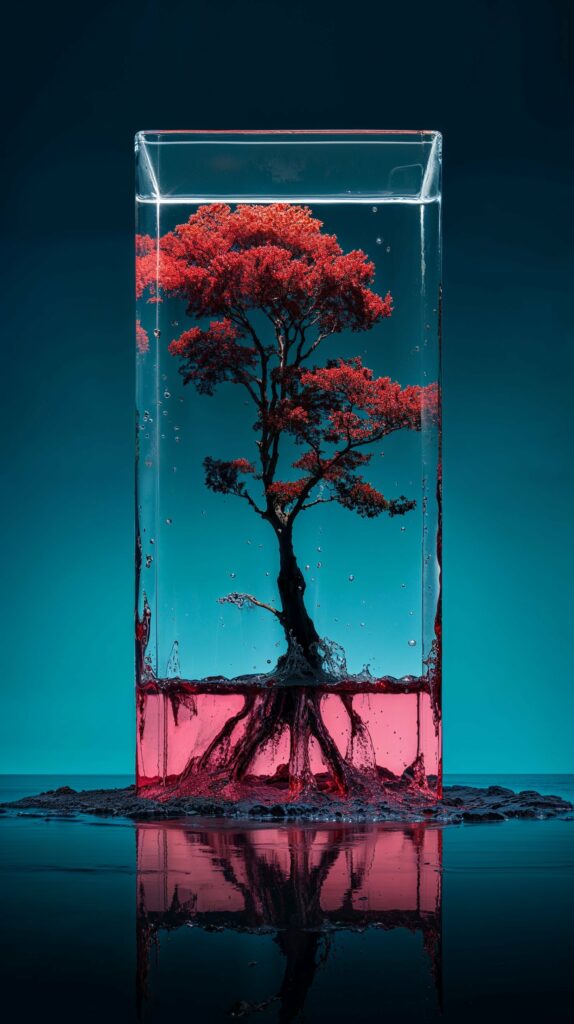
I enter the command and adjust the parameters based on the result (stylize, variations…); including or removing tokens. Once I have the result, I upload it to Magnific… which refines the details and gives definition to the image. If necessary, I also use Photoshop.
Is it a targeted process for you to work with the parameters, or is it a lot of trial and error? How many attempts do you usually need to get the picture you’re happy with?
There’s no set rule because the outcome depends on each one’s taste; with Midjourney updates, you need fewer and fewer tries, and you have the option to only fix parts of your image (like Photoshop).
Let’s talk about your pictures. How did you come up with the idea of Warbride?
I love images that juxtapose opposing concepts. WarBride is an example of that. Love and war. The opulent appearance amidst devastation. I think I also sent you an image of a cactus woman with a balloon man. It’s another example of this.



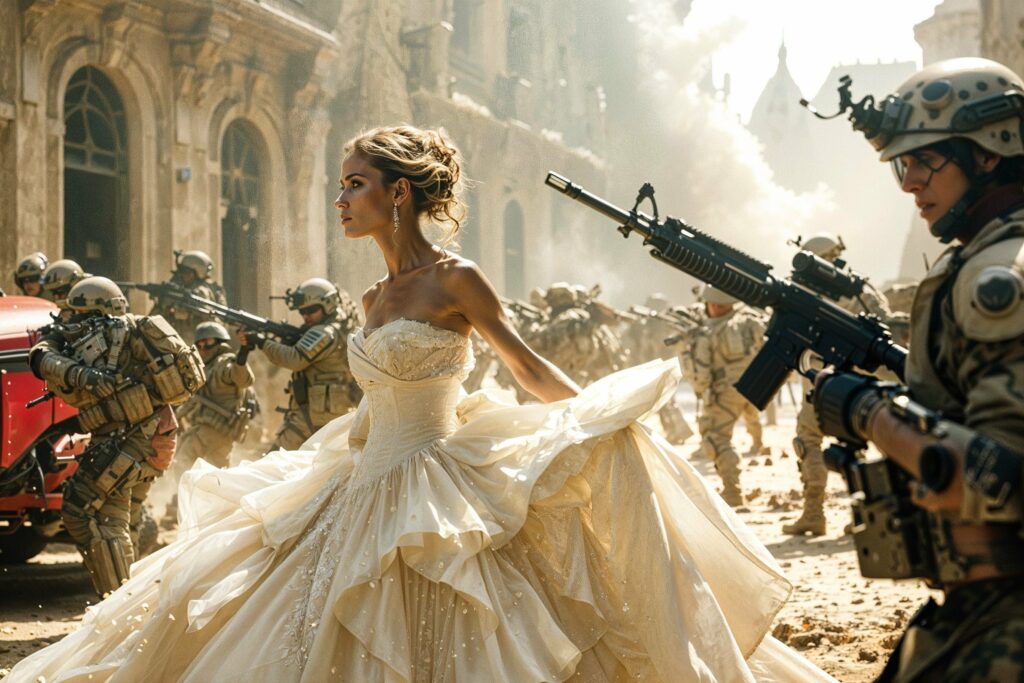

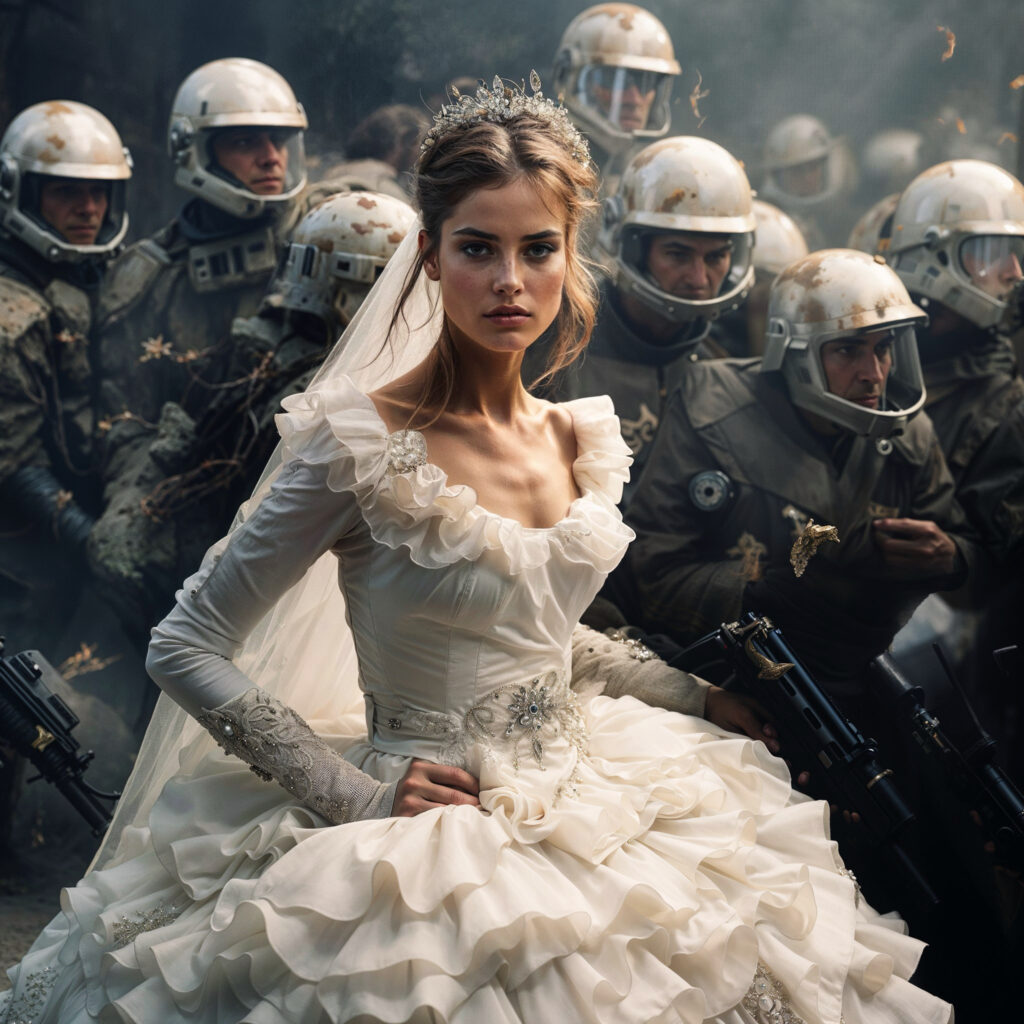
In addition to the contrasting situations, you often portray women. Is that accidental?
Women are inherently beautiful. It’s funny because I’m not physically attracted to them at all 😂, but you see a woman, and she’s pure beauty. Some references yes, not necessarily in the pictures.
Looking ahead, are there any new themes or experimental ideas you’re excited to explore in your future works using AI? Can you share a bit about what we might expect to see next from your creative portfolio?
I want to continue with more unusual bridal scenarios, delve into more retro or vintage themes mixed with contemporary, and try to visually conceptualize small personal ideas or writings in a striking way. What I really need is to be able to express a lot of stored feelings through images, it’s therapeutic for me.
And for this, it’s essential to also evolve in AI for video and animation; the current tools don’t quite meet my aesthetic standards. I’m looking forward to learning programs like After Effects and to the availability of SORA!

